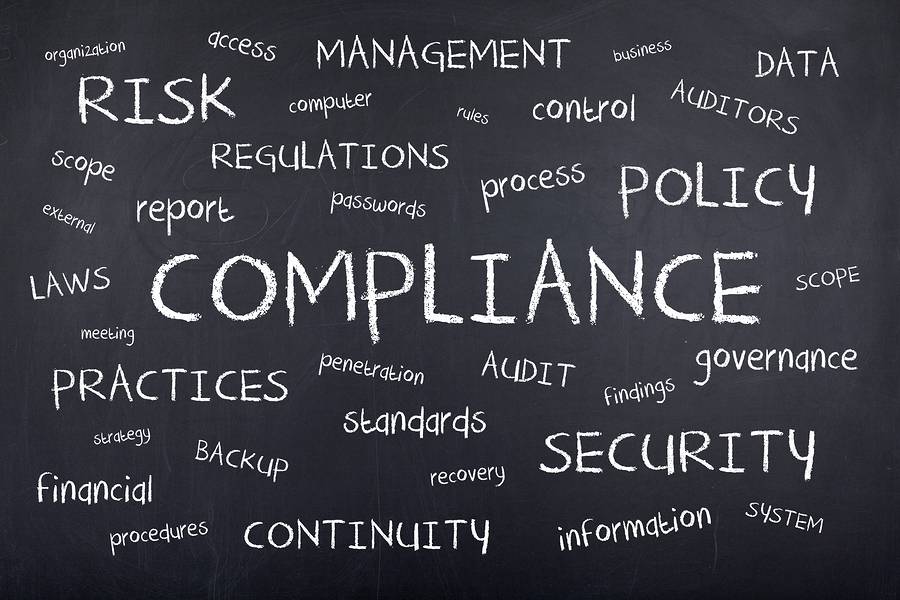In Canada, lone worker legislation isn’t consistent from coast to coast. Not all provinces have enacted legislation regarding an employer’s responsibility toward their lone workers, and the ones that did put measures in place have slightly different regulations. To add to the confusion, work alone monitoring regulations also exist on a federal level — but only in the more general “duty of care” sense.
Confused? You’re not alone. Many employers are unaware of their lone worker legal responsibilities, so to help you navigate the complex rules and regulations, here’s a basic breakdown:
Provincial legislation
The following provinces have specific provisions regulating lone workers. Their individual regulations vary, but in general, each of these jurisdictions requires employers to a) conduct a hazard assessment and b) take measures to either eliminate the hazards or minimize the risks associated with them.
- British Columbia
- Alberta
- Saskatchewan (see section 35)
- Manitoba
- Quebec (see section 322)
- Newfoundland / Labrador (see section 15)
- New Brunswick
- PEI
- Northwest Territories/Nunavut
The jurisdictions that don’t have specific laws pertaining to working alone (Ontario, Nova Scotia, Yukon) do specify a legal minimum number of workers for some hazardous working situations. For example, when people are working on live electrical conductors, using a self-contained breathing apparatus, operating a chainsaw, or where an employee might become trapped by material.
Beyond that, there is only a general duty clause within their respective Health and Safety Acts that requires employers to ensure the health and safety of their workers.
Federal legislation
In Canada, there are no federal laws relating specifically to lone worker monitoring. But, there is one aspect of federal legislation that employers need to be aware of: Bill C-45. Put in place in 2004, this Bill amended the Canadian Criminal Code by establishing new legal duties for workplace health and safety, and also by imposing serious penalties for violations that result in injuries or death.
These provisions are Canada-wide and affect organizations (and individuals) of all sizes and scopes, from governments and corporations to private companies and charities.
What happens if you don’t comply with lone worker regulations?
The financial and legal repercussions of not having lone worker monitoring systems in place can be enormous. In addition to the moral repercussions of having placed their employees in harm’s way, employers could face increased WCB premiums, hefty fines, legal action, or even criminal charges.
How does Ok Alone’s work alone monitoring service meet lone worker regulations?
OK Alone’s simple (yet extensive) monitoring and reporting systems meet even the most stringent lone worker regulations:
- Templates and guides that ensure your safety procedures are written down and followed.
- Detailed alerts with important contact information and step-by-step instructions for what to do.
- Flexible check-in procedures ranging from 10 minutes to 24 hours.
- Unique escalation procedures for each member of your team.
- Optional 24/7/365 live monitoring to ensure your staff members are always protected.
Want to experience how Ok Alone’s work alone safety monitoring system can protect your workers and your business? Sign up for a free 7-day trial.
Wondering how much a professional work alone monitoring system costs? Get your personalised quote here

As an expert in lone worker content management, I possess an extensive knowledge base and experience in the area of lone working and safety monitoring. My expertise in this field encompasses a wide range of areas, including risk assessment, training, communication, and technology. I have a deep understanding of the unique risks associated with lone workers and have researched and written many projects and articles to educate people in how to mitigate these risks.
Throughout my time with Ok Alone, I have kept up to date with technological developments, legislative changes and regulations that have been introduced to help organizations ensure the safety of their lone workers.

